latest
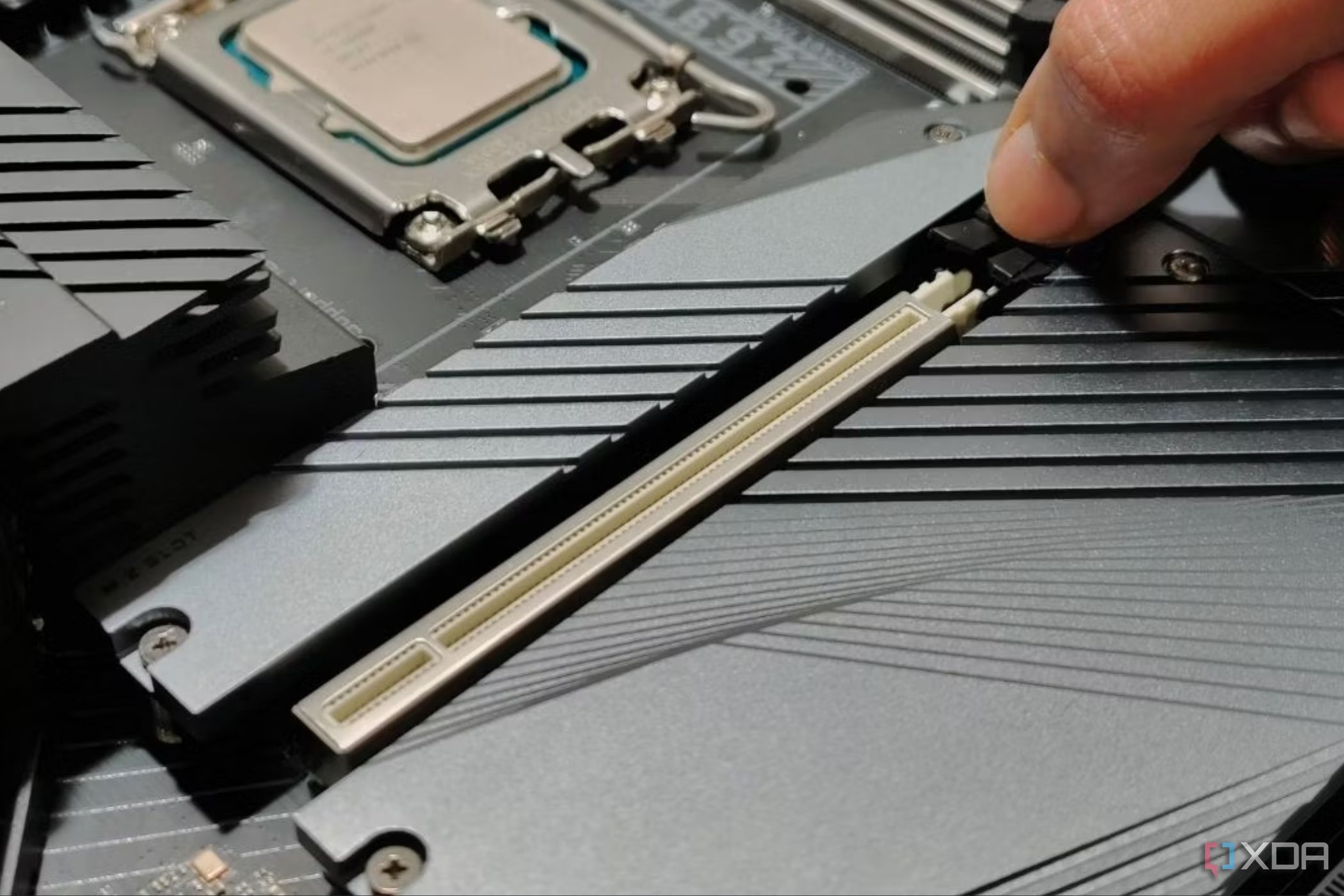
PCI Express 5 (PCIe 5.0): Here's everything you need to know about the new standard
PCIe 5.0 is the next big thing in the computing space.
The PCIe (Peripheral Component Interconnect Express) interface is one of the most important interconnects that allows you to pair components like GPUs, SSDs, capture cards, and more to your computing device. In the past few months, PCIe 5.0 has become a lot more common on modern motherboards and SSDs, and the new standard has brought plenty of performance improvements to the fourth-gen PCI Express interface.
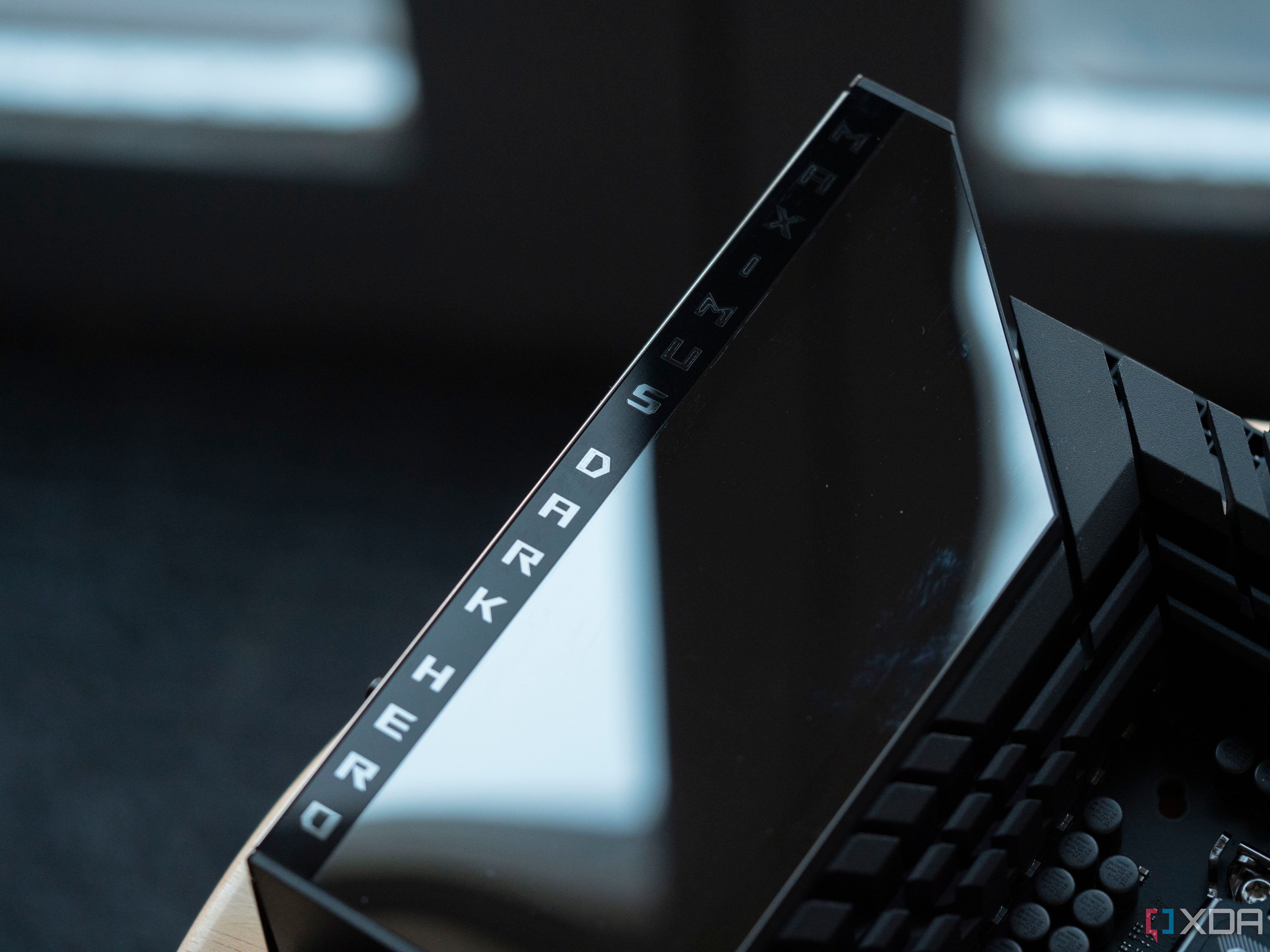
5 things you will not get by spending more on a high-end motherboard
High-end motherboards can do a lot for your build. But these 5 things are not some of them
When building a PC, motherboards occupy a unique space among all the components. They're not as closely linked to your system's performance as your CPU, GPU, RAM, or SSD, but they're also not as inconsequential as, say, your case. While most people know how to pick the best motherboard with a compatible chipset and the correct memory support, knowing exactly what a high-end, expensive motherboard doesn't do may not be as widely known.
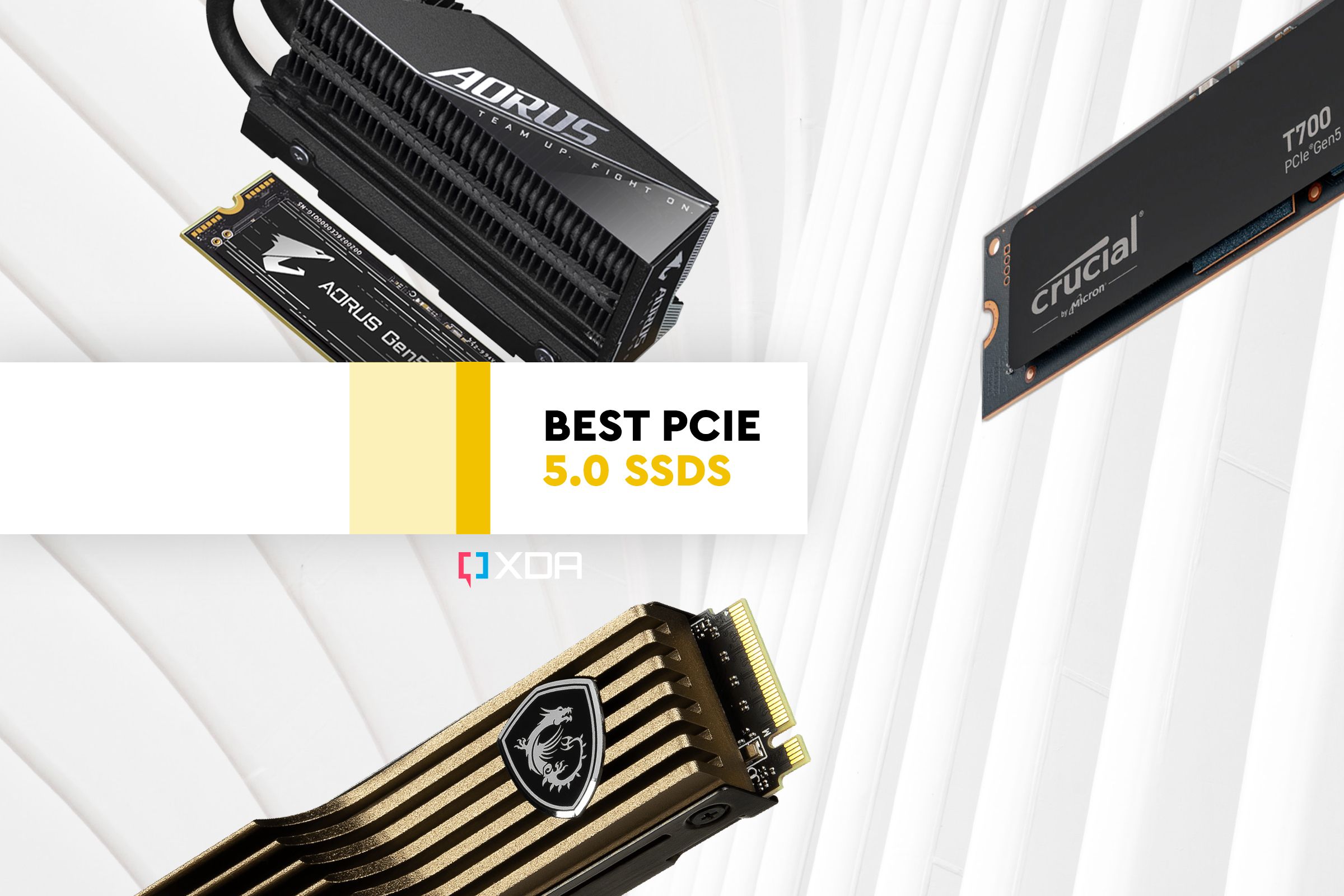
Best PCIe 5.0 SSDs for 2024
The latest standard for speedy SSDs is here, and we've rounded up the best on offer.
The newest, fastest standard for M.2 SSDs, PCIe 5.0, has been around for a couple of years, but only recently brought a consumer release for the fastest M.2 SSDs. The first crop of M.2 NVMe SSDs using this standard promise speeds of 10,000MB/s or higher. The second wave is now here, with promised speeds of 14,000MB/s or even up to 16,000MB/s, close to the theoretical limits of the PCIe 5.0 specification. The second wave is now in stores, but it is still at a price premium, so we've collected both the first and second waves in one place to help you make your choice. Just keep in mind that you need a motherboard that supports PCIe 5.0, which is available on AMD’s AM5 platform, or some Intel motherboards that support 12-gen Intel CPUs and beyond.
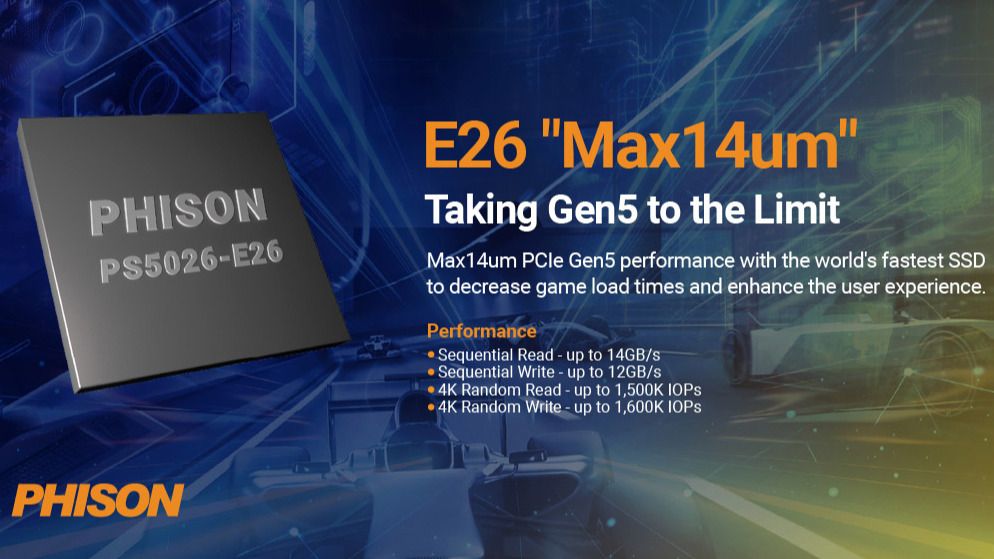
Phison debuts controllers including the E26 Max14um to boost performance
The Max14um is a revised model of the E26 that requires less power
If you rely on an SSD to keep your PC setup running smoothly, you know the importance of having a high-performance PCIe controller. The speed at which your hardware operates depends on your controller, which may fall into one of five different categories based on its generation — PCIe 1.0, PCIe 2.0, PCIe 3.0, PCIe 4.0, and PCIe 5.0. With each generation, the bandwidth doubles, and PCIe 5.0 is the most recent. Now, Phison — the Taiwan-based electronics manufacturer — has debuted a series of new PCIe controllers, including a fresh take on the E26.
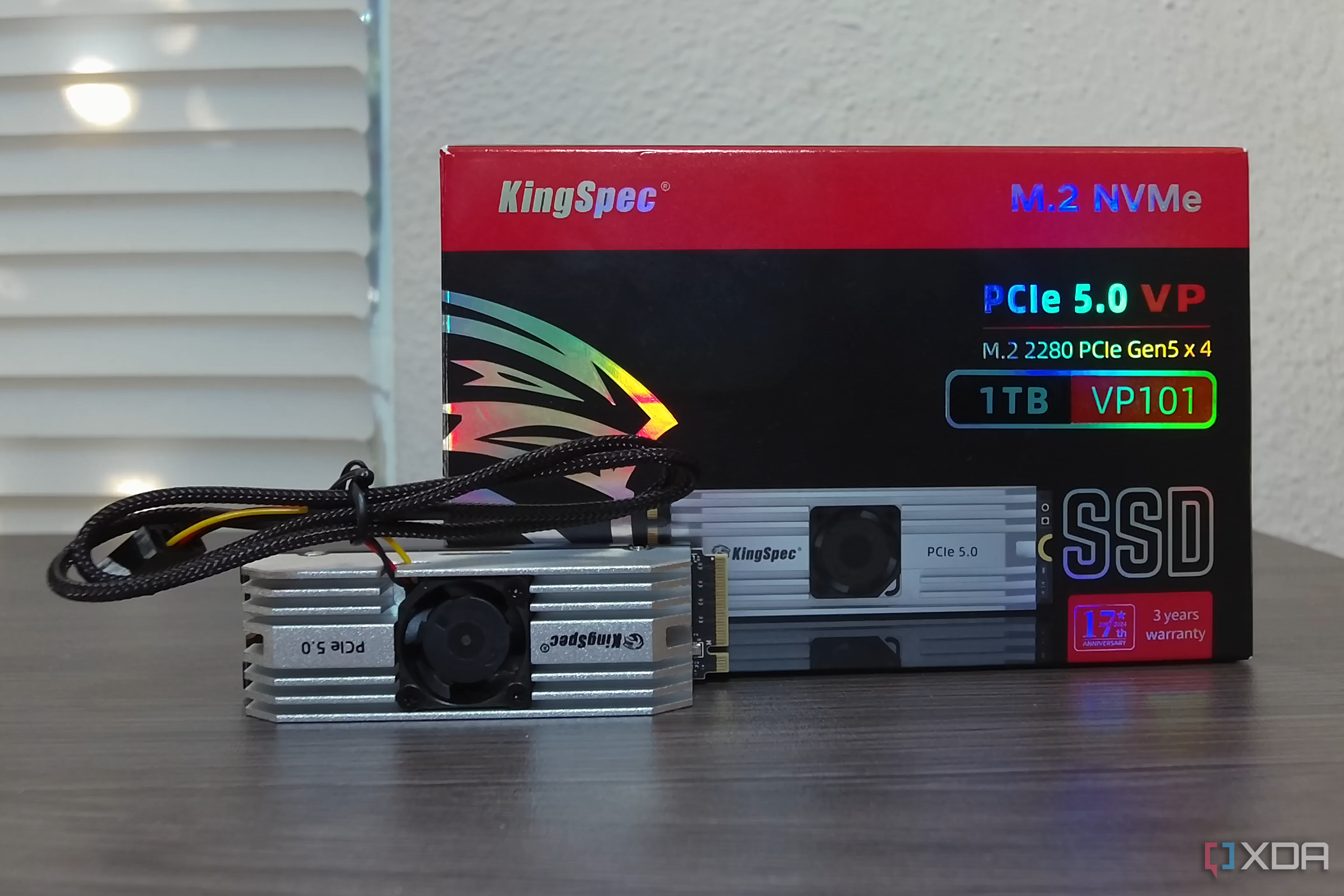
KingSpec VP101 1TB SSD review: When the price isn't right
KingSpec's VP101 1TB is a surprisingly decent SSD despite its age
Although we're well into the 12GB/s era of PCIe 5.0 SSDs, it's not like first-generation 10GB/s drives are gone. There aren't a ton of them available, however, since some companies decided to wait for faster hardware to be available, so your options are pretty limited, especially if you want a 1TB model. KingSpec's VP101 is one of the very few 10GB/s PCIe 5.0 SSDs that offers a 1TB model, and in theory, it could be a great budget option within the wider PCIe 5.0 market. It even has an active cooler preinstalled, which is pretty unusual.
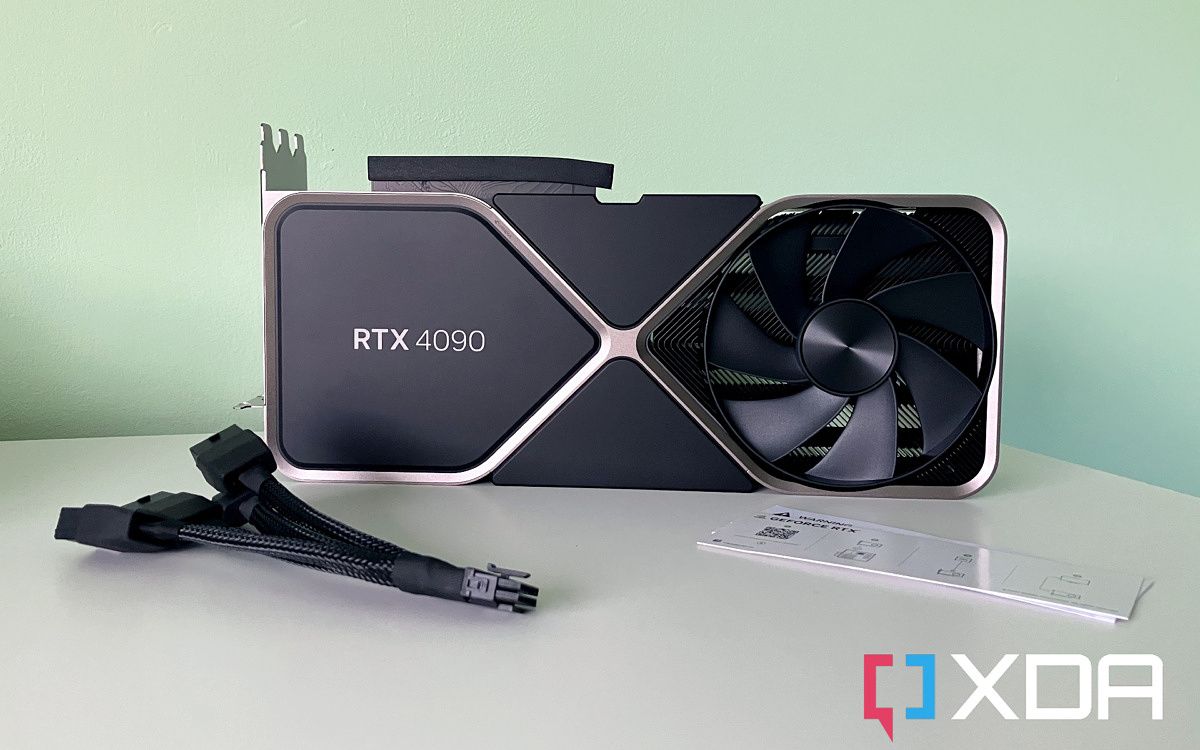
What PCIe is the RTX 4090?
If you're wondering how the RTX 4090 connects to your motherboard, we've got the answer.
The RTX 4090 is a powerhouse graphics card capable of running even the most demanding modern AAA game titles at 4k (CPU bottlenecks aside). It’s easily the most powerful GPU on the planet right now, unless NASA’s keeping something from us, with a price point to reflect it. That said, upgrading your rig with one can be a little confusing when it comes to matching devices to ports, and one question that a lot of people have is what PCIe version the 4090 uses, and if making the most of its power requires an upgrade to your motherboard. Well, we’re here to sort it all out for you.
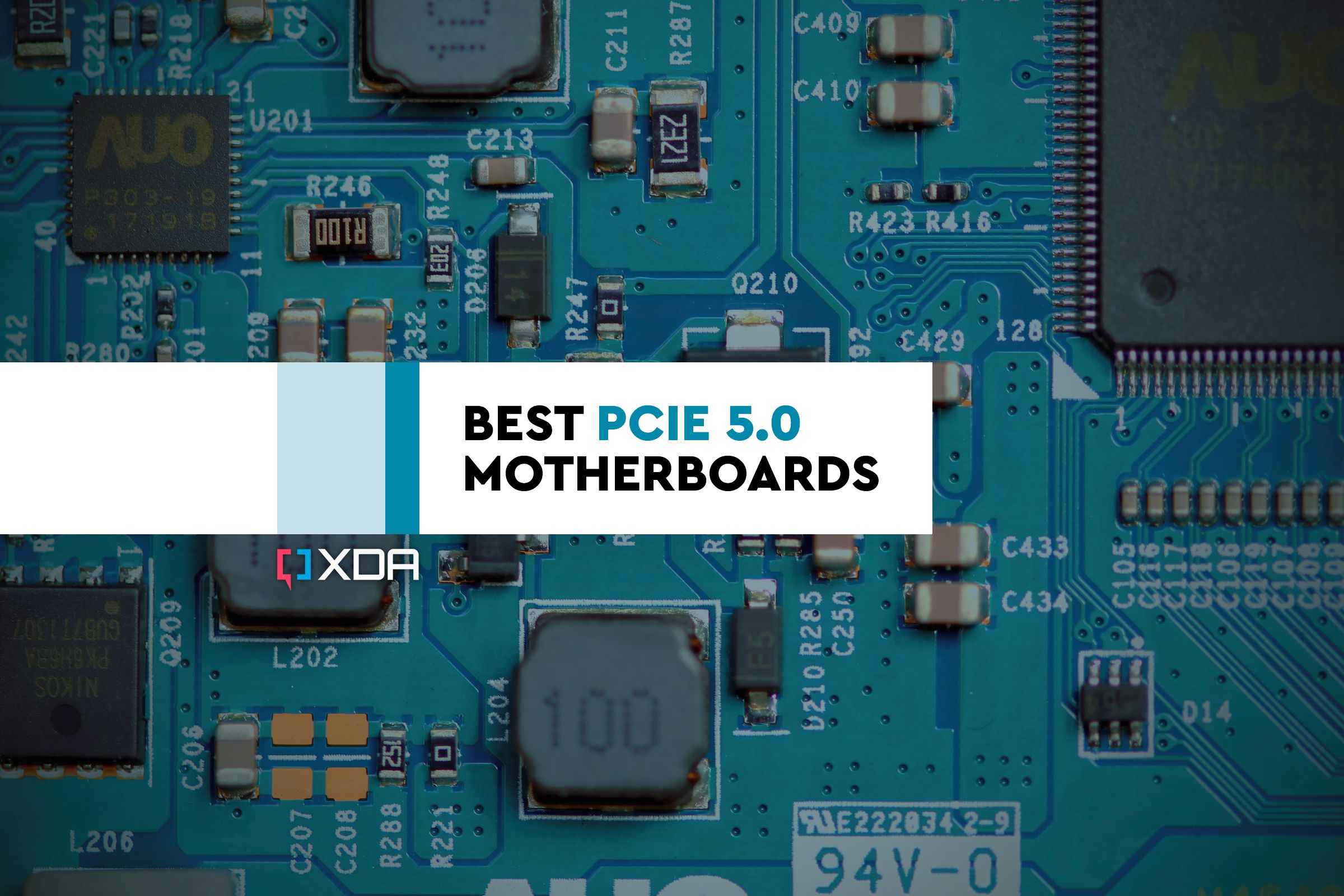
Best PCIe 5.0 motherboards in 2024
PCIe 5.0 is the latest big standard for computing, and these are the best motherboards that support it.
The best motherboards all have one feature in common: PCIe 5. That’s because it promises faster connectivity and more bandwidth for PC hardware, like the best graphics cards and SSDs. This enables better overall system performance, so whether you’re gaming or creating documents, videos, or photos, your system can handle those tasks faster. Whether you’re looking for the best PCIe 5.0 motherboard available or something a little more modest, I’ve put together a shortlist to help make your decision.
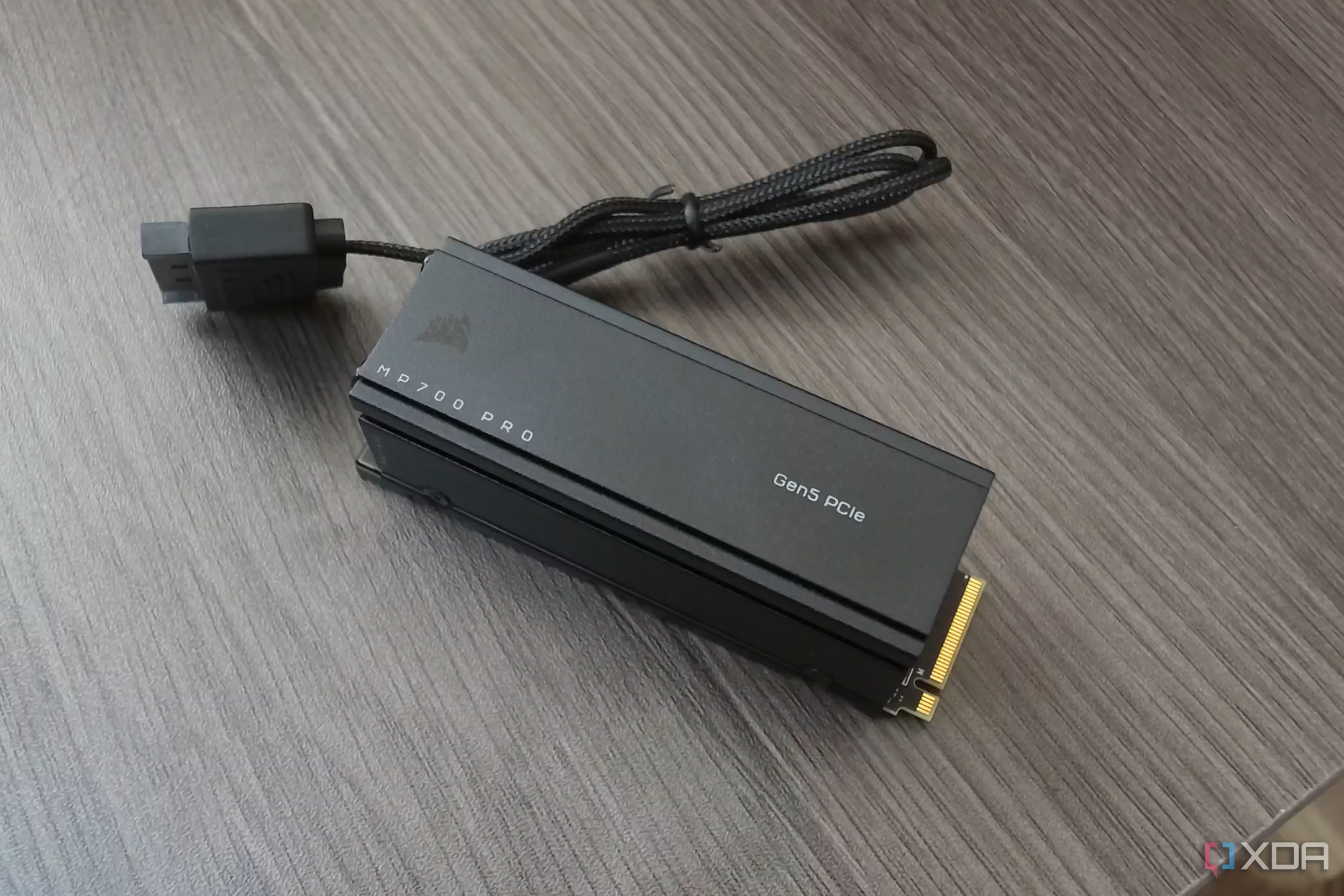
Corsair MP700 Pro 2TB review: Fast and pricey
The MP700 Pro has great performance, but it's not quite great enough to justify its high price for most users.
The field of second-generation PCIe 5.0 SSDs is gradually becoming more crowded, bringing more options for users who want drives capable of 12,000MB/s reads and writes. Corsair's MP700 Pro 2TB, the successor to the MP700 that launched earlier this year, is the latest contender to vie for the title of best PCIe 5.0 SSD, and offers three models: one with no heatsink, one with an air-cooled heatsink, and one with a liquid-cooled heatsink. On paper, it's the most versatile and perhaps most performant PCIe 5.0 SSD thus far.
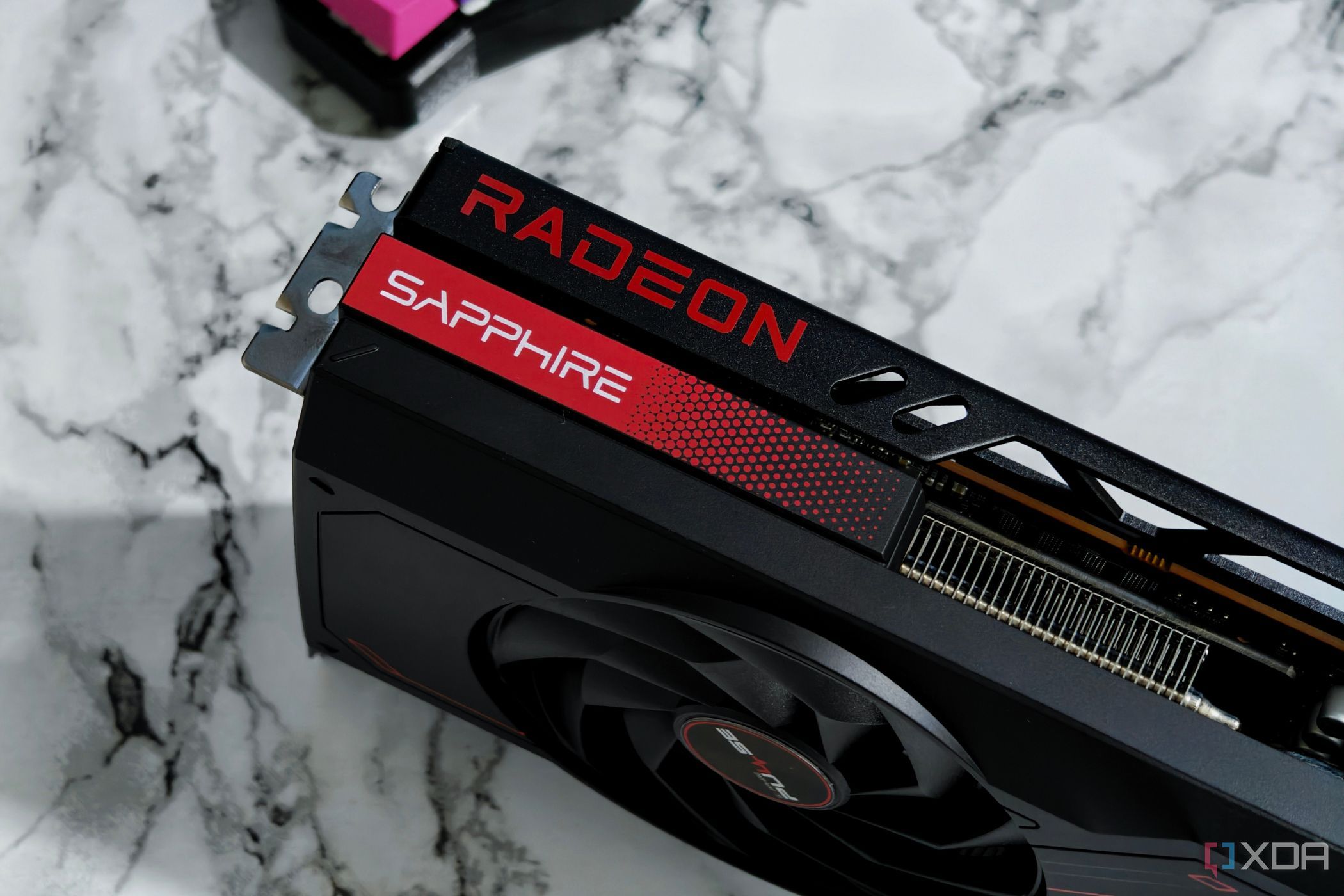
Why the ultimate cooler for a PCIe 5.0 SSD is a graphics card
Graphics cards can make PCIe 5.0 SSDs cooler, quieter, faster, and far more accessible to users.
PCIe 5.0 SSDs can get really hot, with the latest 12GB/s-capable drives thermal throttling within three minutes of a workload. Naturally, there are now lots of higher-end cooling solutions for PCIe 5.0 drives: larger passive coolers with heat pipes and fins, coolers with a tiny fan, and even water blocks for liquid coolers. However, these coolers go against the convenience and ease of use we enjoyed with PCIe 3.0 and 4.0 drives, and I've been wanting for a better solution.
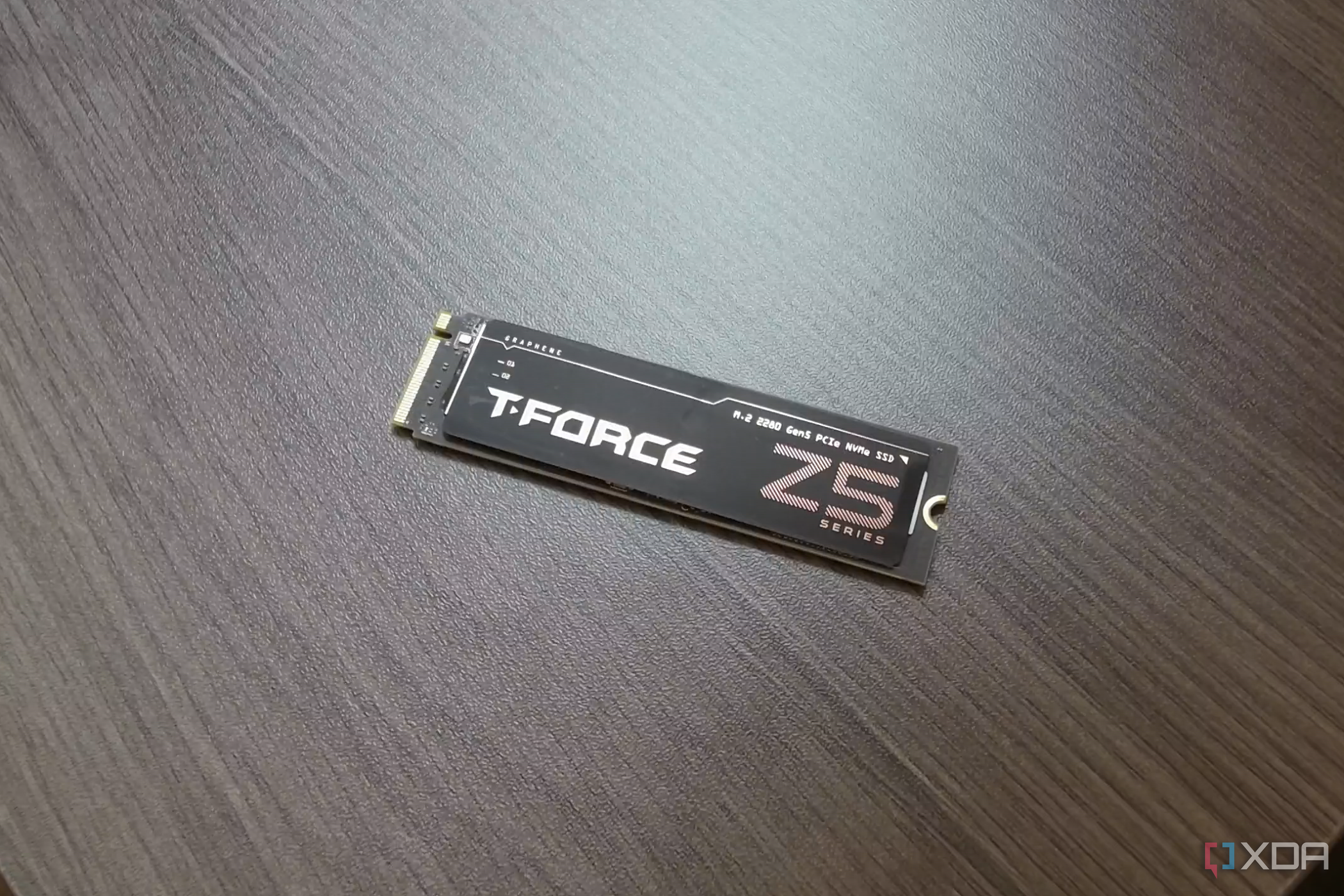
Teamgroup T-Force Cardea Z540 2TB SSD review: Leading the second generation of PCIe 5.0 SSDs
Teamgroup's T-Force Cardea Z540 pushes second-generation PCIe 5.0 storage as far as it can go.
The race to make the best and fastest PCIe 5.0 SSD is continuing to heat up this year. We've already blown through the 10,000MB/s generation of SSDs, and we're now firmly in the 12,000MB/s generation as the first drives capable of these speeds are coming out. One of these drives is Teamgroup's T-Force Cardea Z540 2TB, which claims 12,000MB/s in both reads and writes, which would put it on the board as one of the fastest SSDs, if not the fastest.
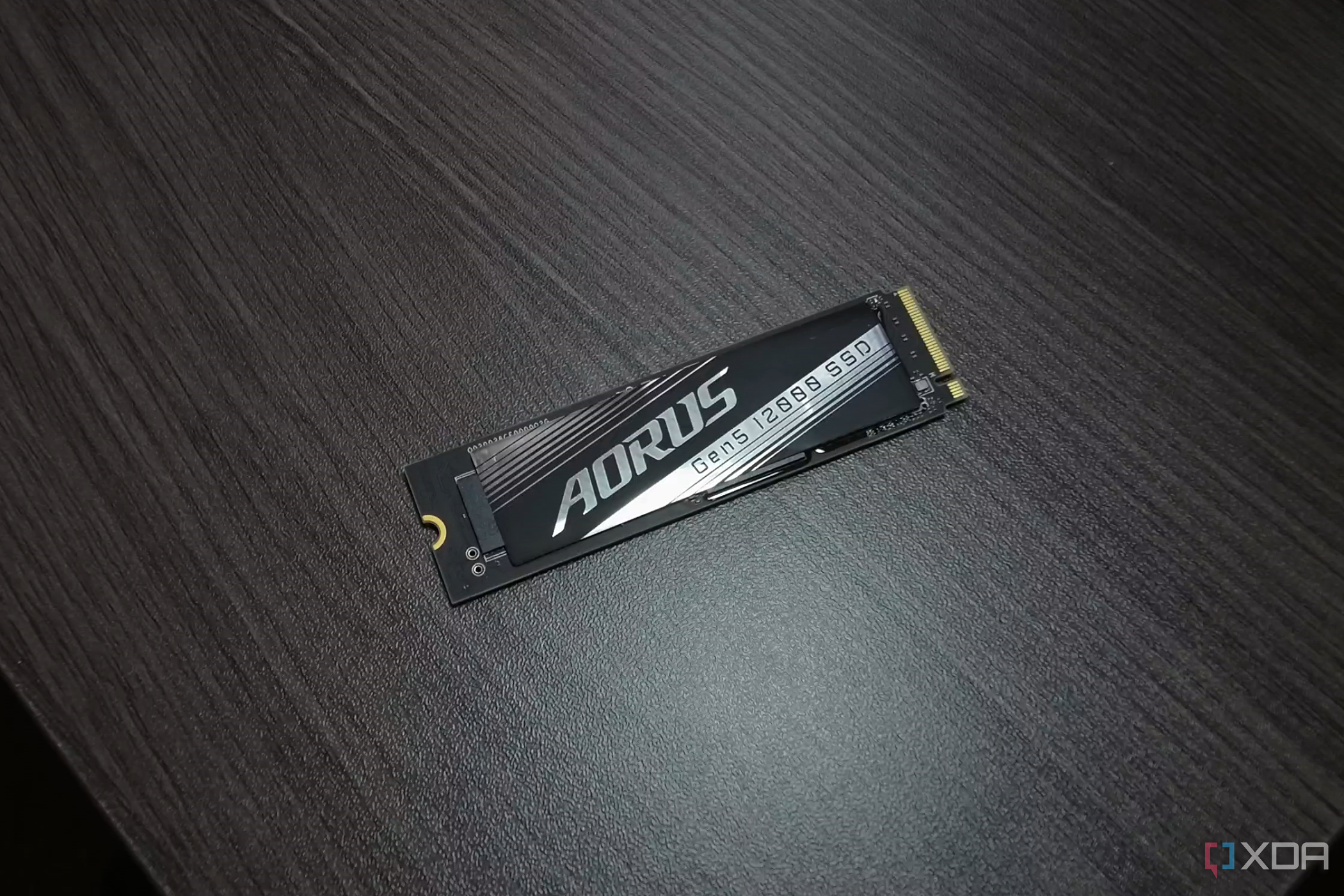
Gigabyte Aorus Gen5 12000 1TB review: Don't buy a 1TB PCIe 5.0 SSD
Gigabyte's Aorus Gen5 12000 1TB is a bad version of a good SSD.
The first PCIe 5.0 SSDs for consumers came out early this year, capping out at 10,000MB/s, but now we're already getting several PCIe 5.0 drives capable of 12,000MB/s. These second-generation PCIe 5.0 SSDs are further pushing what's possible with the best PCIe 5.0 SSDs, and Gigabyte is entering the fray with its Aorus Gen5 12000, named after its claimed speed of 12,000MB/s.
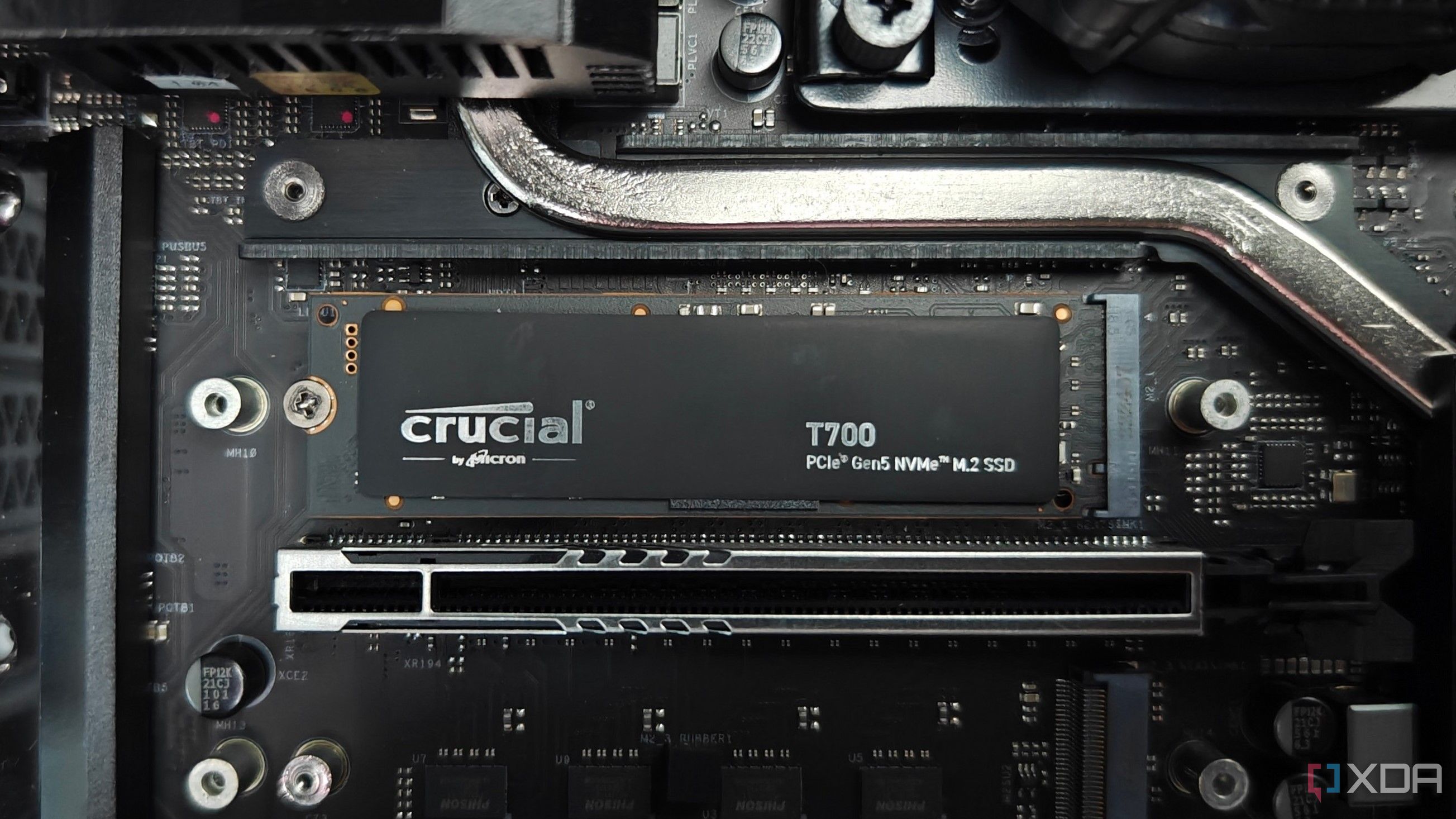
The fastest PCIe 5.0 SSD is $200 off this Prime Day
Despite being the fastest PCIe 5.0 SSD today, Crucial's T700 is seeing a massive discount for Prime Day.
Although this won't be the case forever, Crucial's T700 4TB currently stands as the fastest PCIe 5.0 SSD, and obviously commands a fairly high price. However, for Prime Day it's on sale at $410 for the heat sink version and just $390 for the regular model. For a 4TB SSD, that's not just cheap among PCIe 5.0 drives, but also about on par with good PCIe 4.0 SSDs, and that's pretty nice considering this is the fastest and one of the best PCIe 5.0 SSDs for consumers right now.
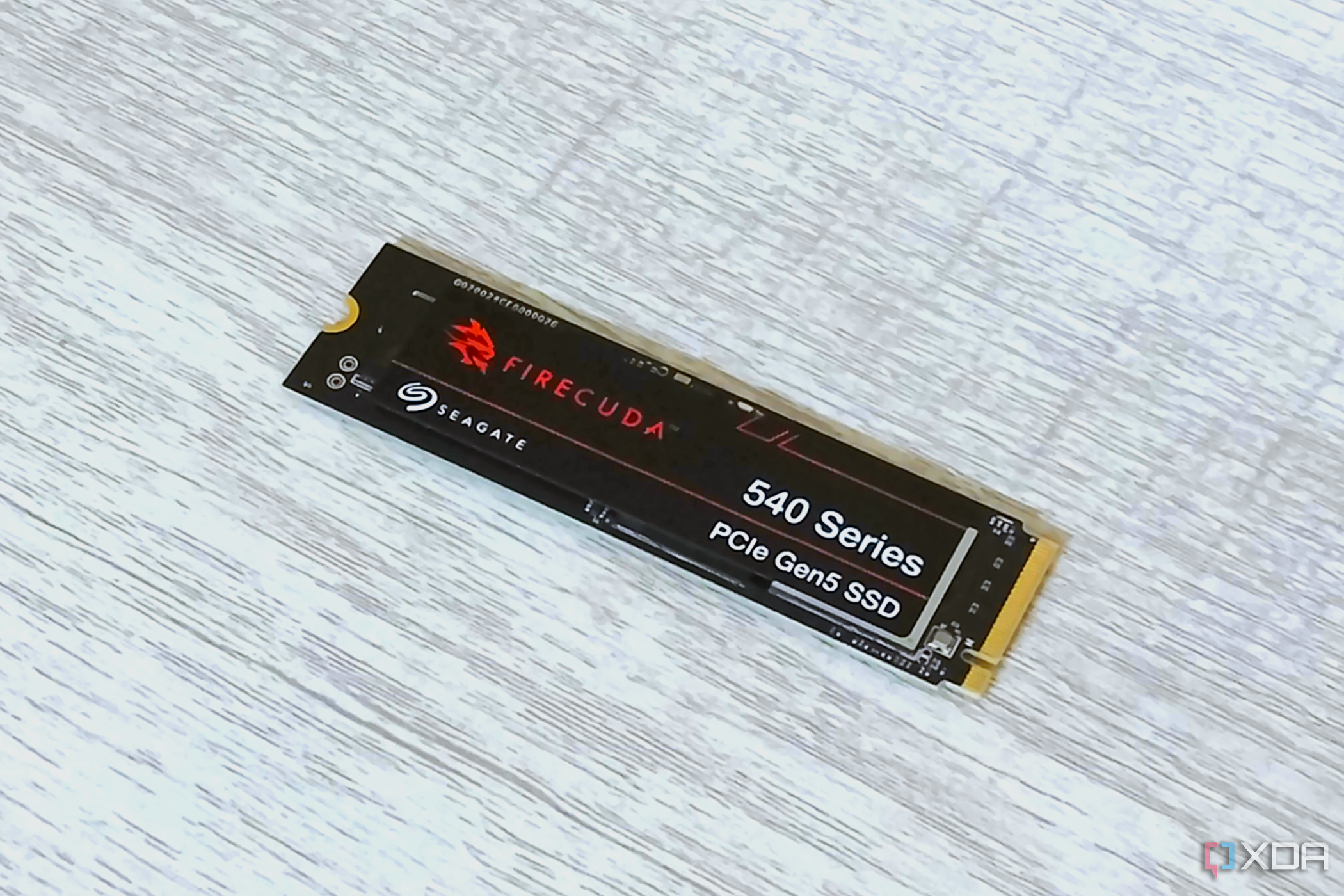
Seagate FireCuda 540 review: The world's most durable PCIe 5.0 SSD
The FireCuda 540 combines good PCIe 5.0 level performance with the highest endurance we've ever seen.
While many companies are chasing top-end performance or great cooling to make the best PCIe 5.0 SSD, Seagate is after something else: endurance. Its FireCuda 540 SSD isn't the fastest among PCIe 5.0 drives, but at 1000TBW per terabyte, it's definitely the most durable by far. If you want an SSD that will last you years without even failing a little, the FireCuda 540 is the SSD for you.
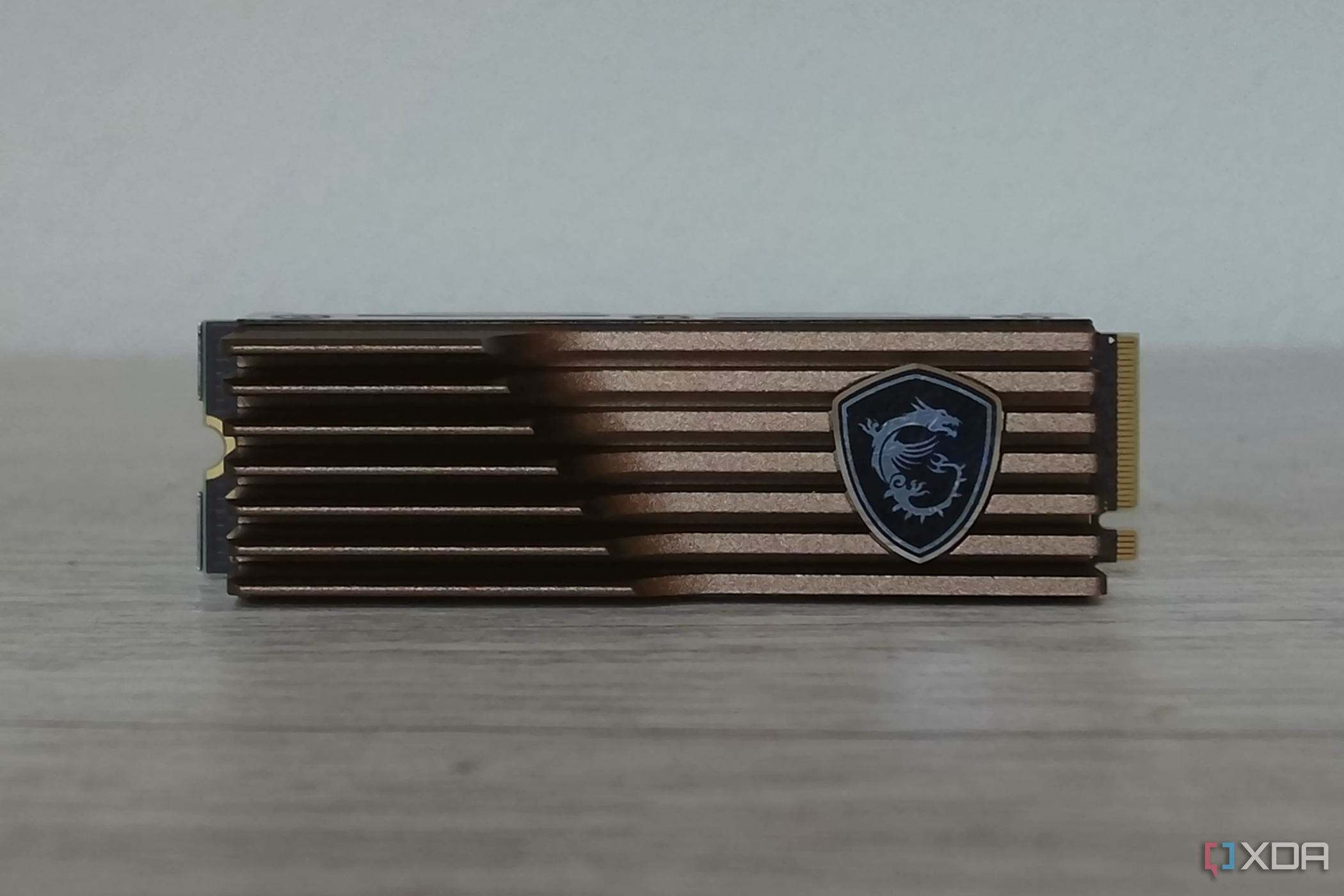
MSI Spatium M570 SSD review: A decent drive that can't quite match up to its peers
MSI's Spatium M570 is the company's first PCIe 5.0 SSD, and while there's a lot to like, the competition is hard to ignore
The first generation of PCIe 5.0 SSDs is finally upon us, and what started as a trickle of drives earlier this year has quickly become a flood. Tons of companies are attempting to make the best M.2 PCIe 5.0 SSDs for consumers, and while MSI is a relative newcomer to SSDs, that hasn't stopped the company from launching the Spatium M570. The M570 is a definite upgrade over PCIe 4.0 SSDs, but it's not quite the fastest PCIe 5.0 SSD you can buy.
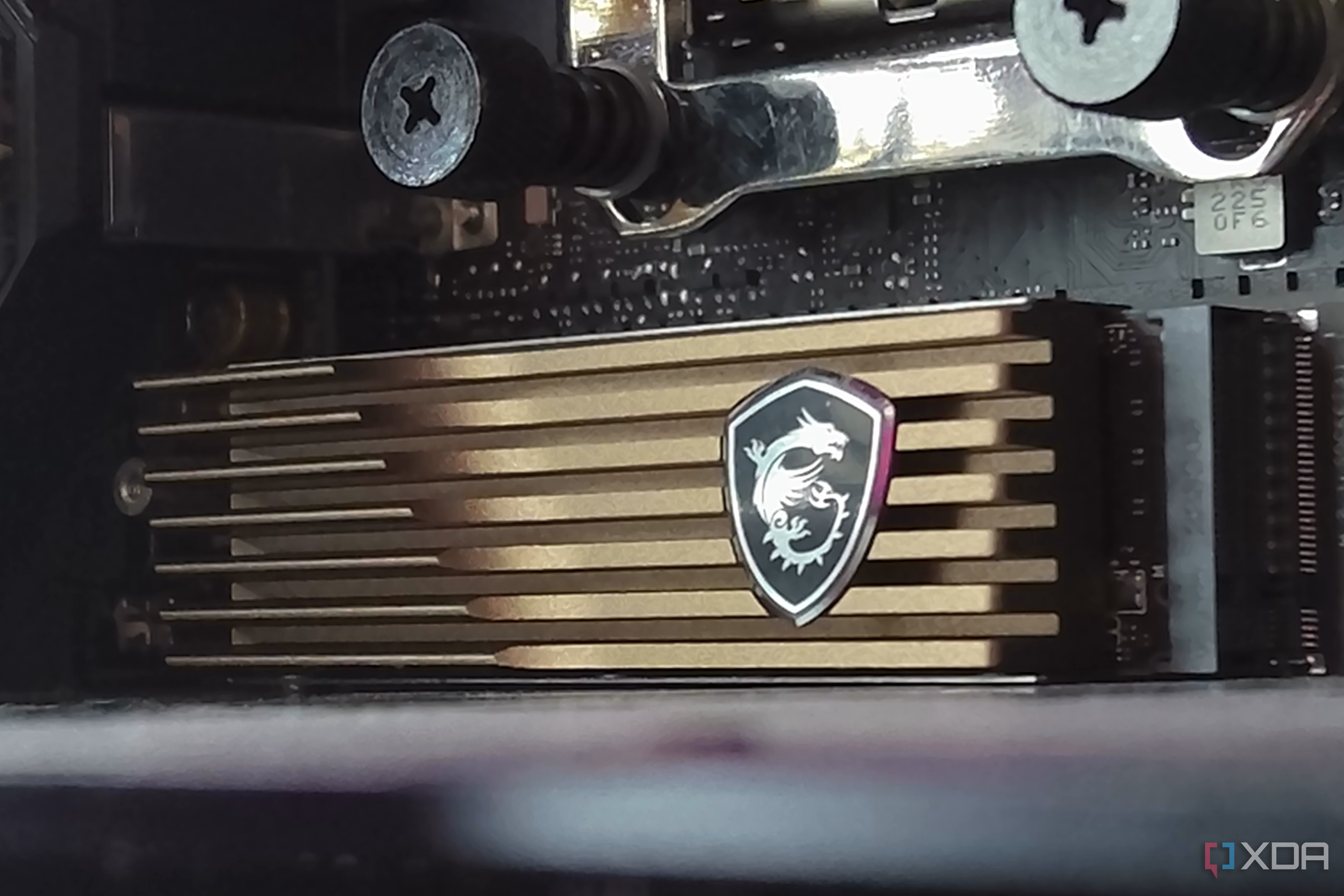
Do I need a heatsink for PCIe 5.0 SSDs?
PCIe 5.0 SSDs require a heatsink for optimal performance, but whether you need to buy a heatsink alongside a PCIe 5.0 drive is something else.
You've probably heard how hot PCIe 5.0 SSDs are, so whether you're getting a lower-end PCIe 5.0 drive or one of the best you can buy, you'll absolutely need a heatsink. The real question, though, is actually whether you need to buy a PCIe 5.0 SSD that comes with a heatsink, as many PCIe 5.0 drives offer a model that doesn't come with a heatsink. However, you probably don't actually need to buy a PCIe 5.0 SSD that comes with a heatsink.

Buying a PCIe 5.0 SSD makes no sense (yet)
We're finally seeing the first PCIe 5.0 SSDs hit the market, and they might have finally crossed the line when it comes to heat and power.
While PCIe 5.0 has technically been a thing since 2021, there haven't been any PCIe 5.0 devices to buy for a while. However, earlier this year, we finally saw the release of the very first PCIe 5.0 SSDs for the M.2 form factor, which promised speeds of over 10,000MB/s — the first time the mainstream storage medium has ever seen five-digit MB/s speeds, instantly making them some of the best SSDs around. We can probably expect later PCIe 5.0 SSDs to hit almost 16,000MB/s, which is the PCIe 5.0 interface's peak.
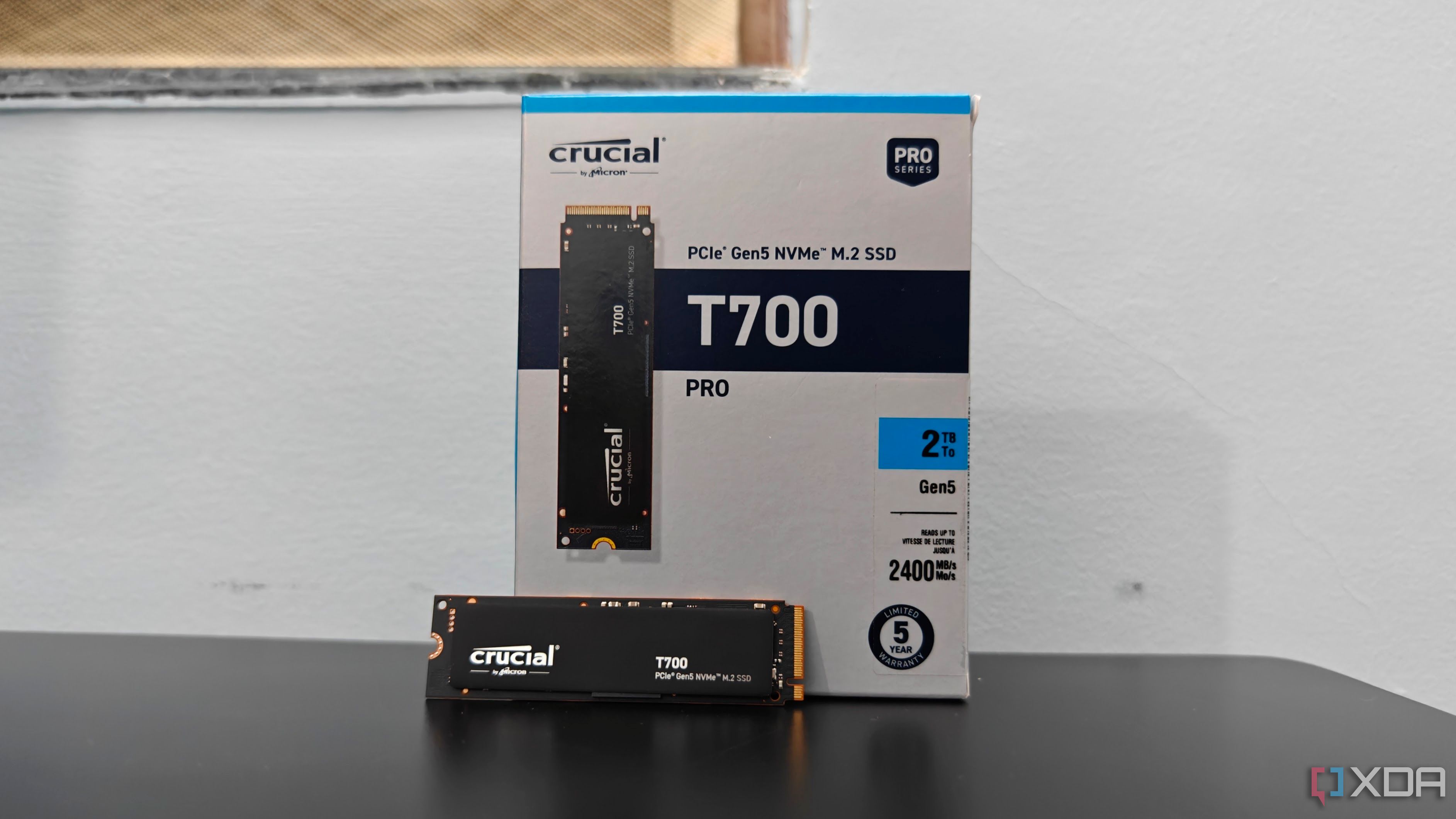
Crucial T700 SSD review: The king of PCIe Gen5 SSDs
This is the PCIe 5.0 SSD to buy if you're looking to buy one, but should you?
PCIe 5.0 SSDs were supposed to be one of the key components in the new generation of computers, but they took longer to arrive than the other next-gen parts like DDR5 RAM. Well, they’re finally here, but is it a good time to upgrade? Of course, you will need the latest generation hardware to use one, including a PCIe 5.0-supported motherboard. But if you’re looking at an upgrade, you should check out the Crucial T700 SSD. It's one of the first 5.0 SSDs on the market and promises all the speed and performance of this new generation of PC storage. It’s available in 1TB, 2TB, and 4TB capacities, and with or without a fanless heatsink. It’s one of the best PCIe 5.0 SSDs you can buy right now, but it may not quite be a necessary upgrade for many people.







